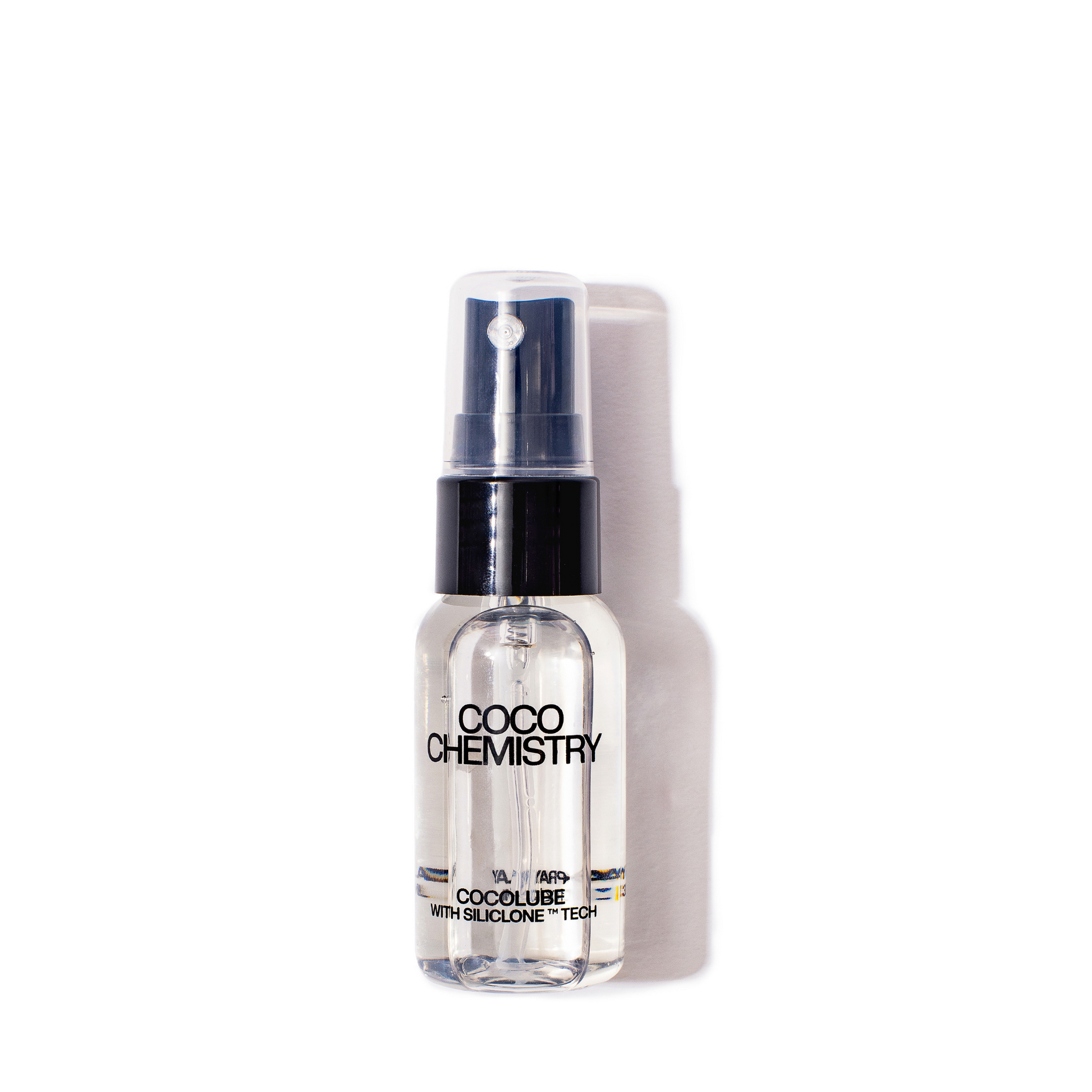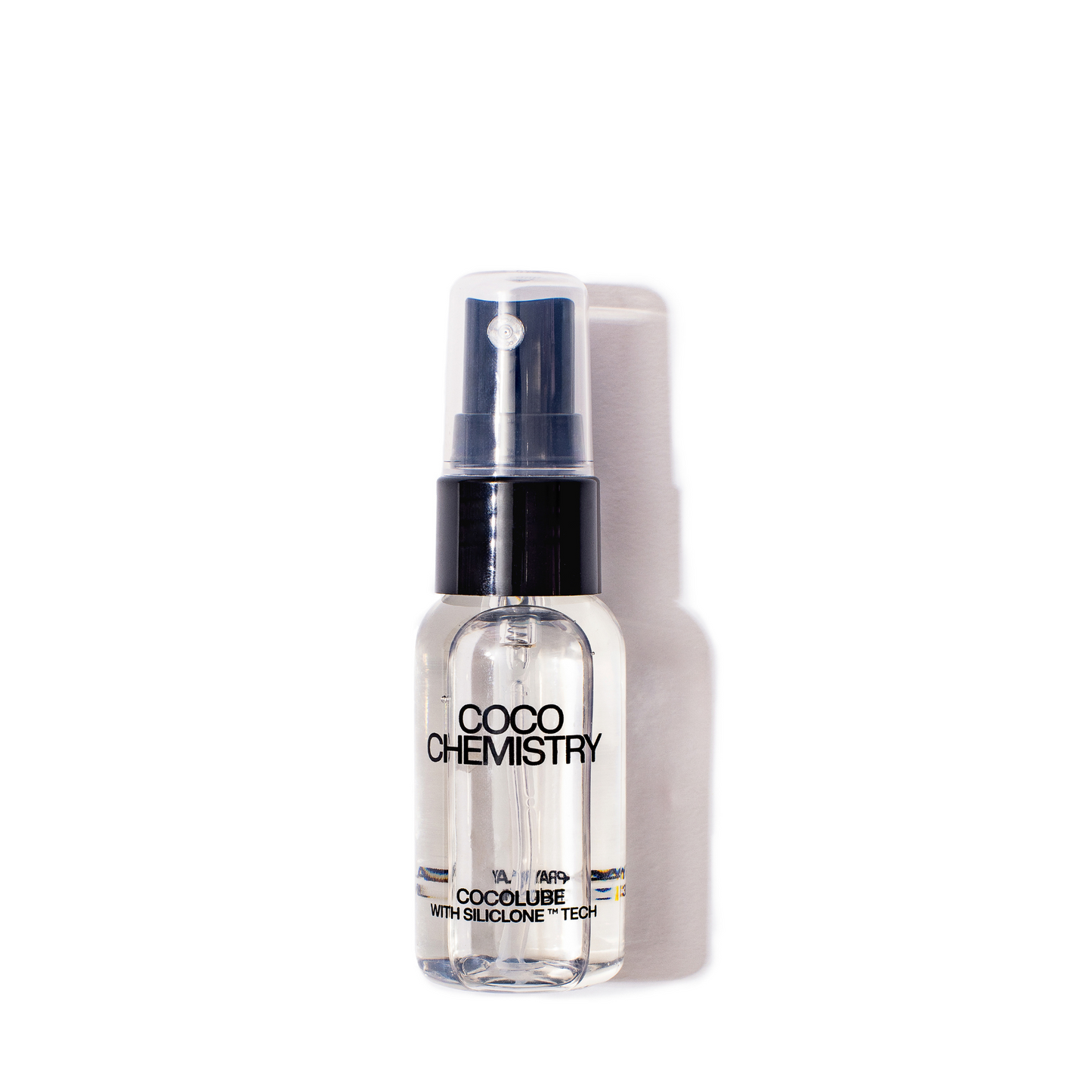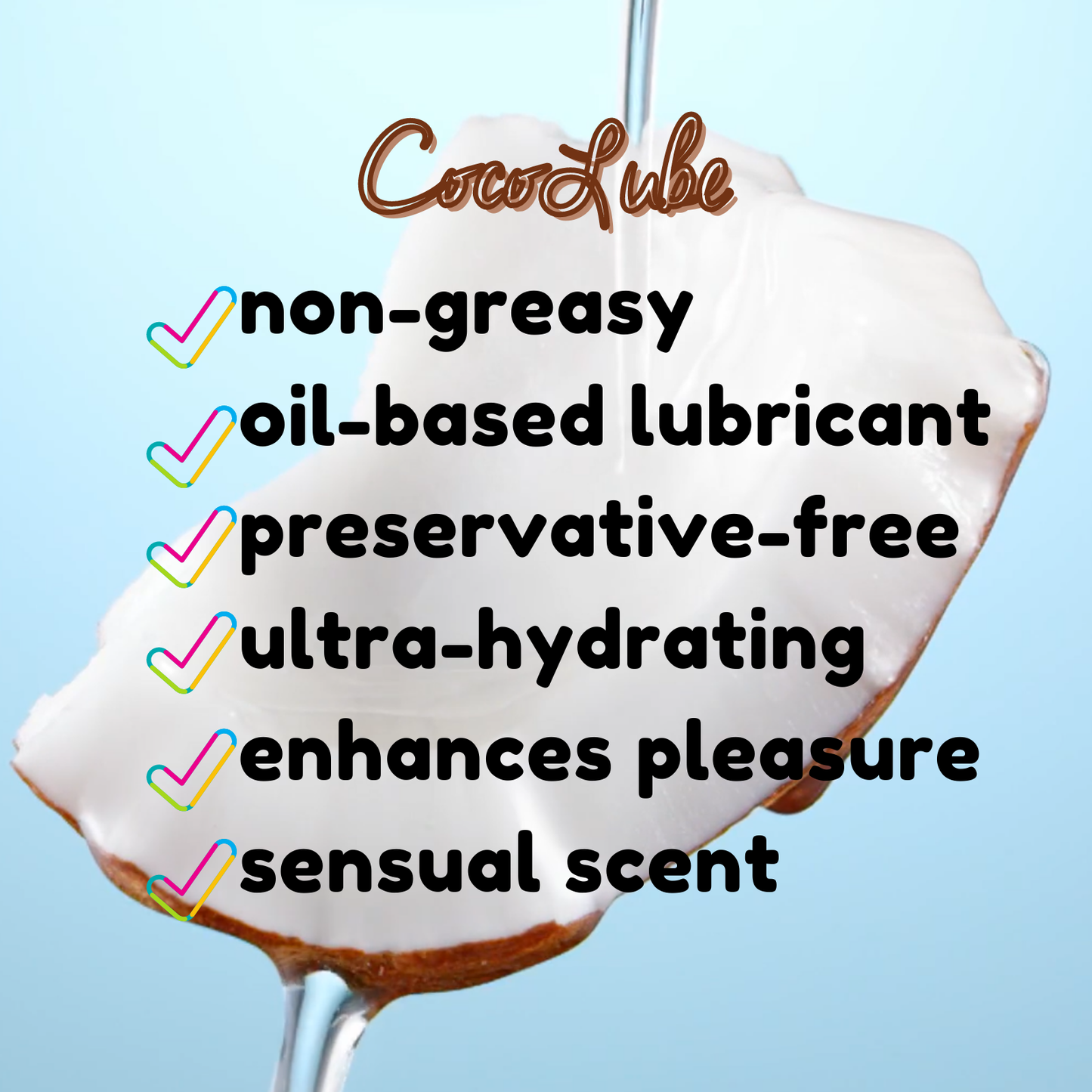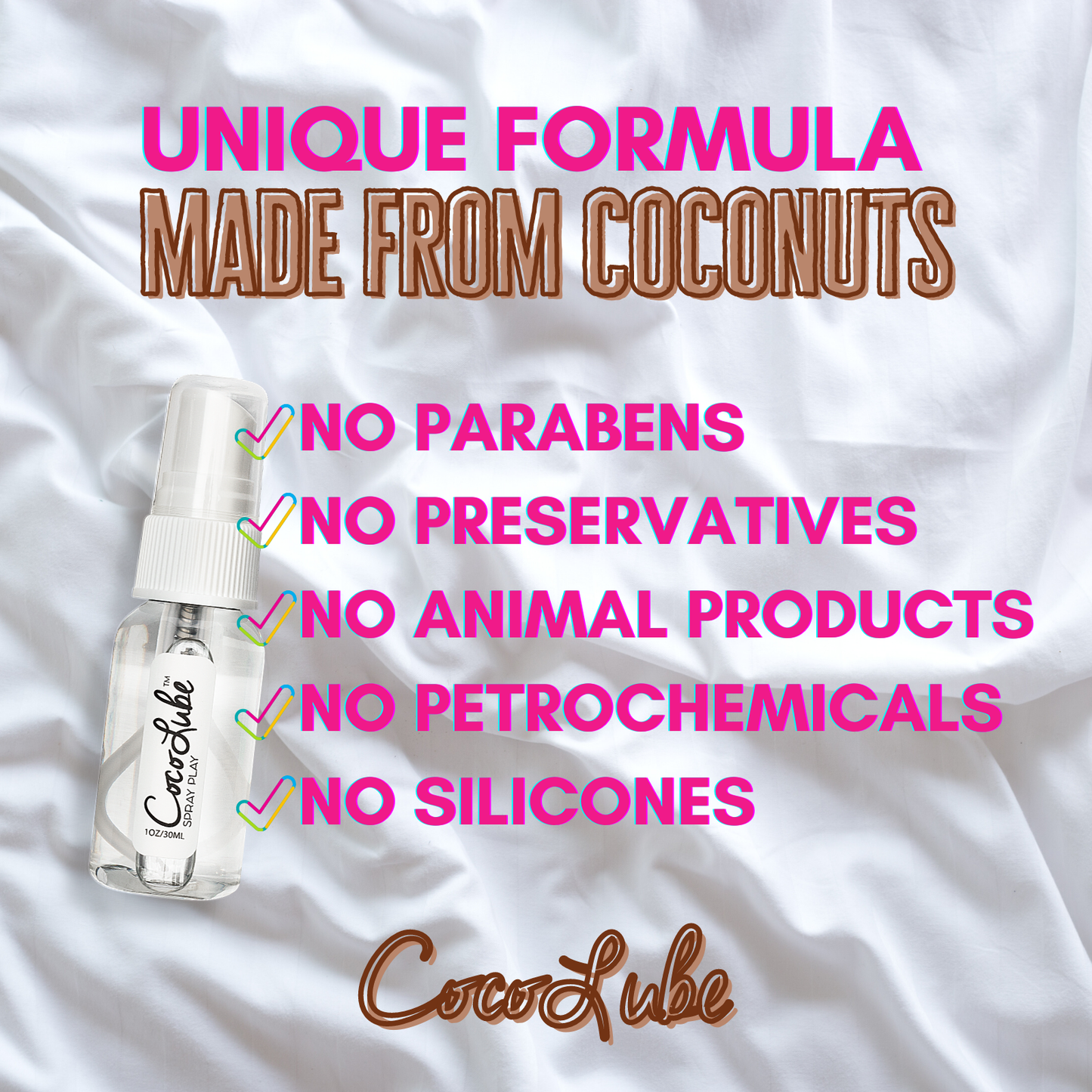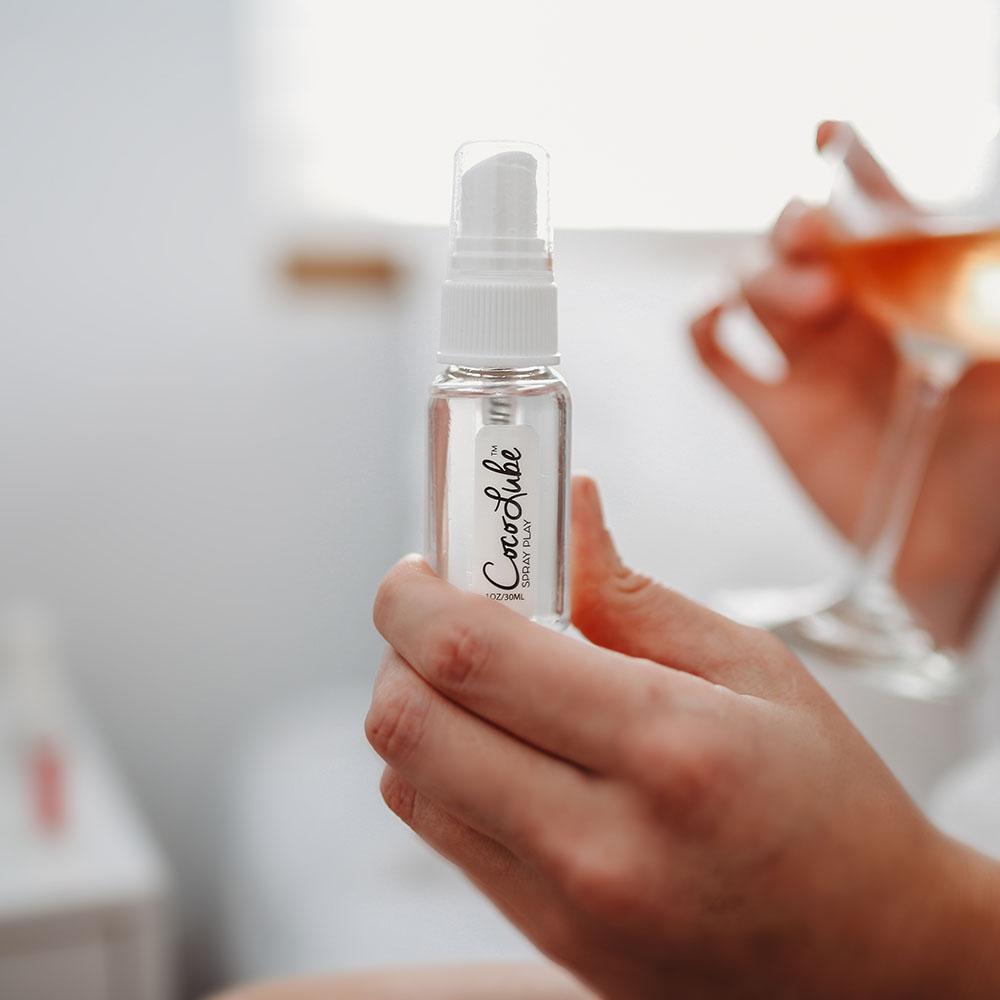
Can You Use Petroleum Jelly as Lubricant? The Science & Safer Alternatives
Choosing the right lubricant can work wonders in intimate wellness by enhancing comfort, reducing friction, and supporting sensitive skin. You might be tempted to grab whatever’s in your bathroom cabinet, but it’s important to remember: not all smooth and slick substances are made for intimacy.
A popular question we often hear: Can petroleum jelly be used as a lubricant? Let’s dive into the science, safety, and better alternatives — including what makes CocoLube truly special.
What Is Petroleum Jelly, Really?
Petroleum jelly, known by brand names like Vaseline, is a thick, oil-based ointment used to moisturize dry skin and heal minor scrapes. Despite some misleading claims, petroleum jelly is not water-based — it’s heavy on oils and not safe for internal use.
Its slippery texture might seem ideal for the bedroom, but there’s much more to consider.
Think Twice Before Using Vaseline as Lubricant
Though petroleum jelly might feel like a quick fix, it comes with significant risks:
-
Not Condom-Friendly: Oil-based products break down latex condoms, causing tears and loss of protection from STIs and pregnancy.
-
Hard to Wash Off: Petroleum jelly clings to skin and mucous membranes, making it tough to clean. This can create a breeding ground for bacteria and lead to infections like bacterial vaginosis, yeast infections, and UTIs.
-
Disrupts Natural Balance: It can upset vaginal pH and microbiome, causing irritation and discomfort.
-
Not Fertility-Friendly: Petroleum jelly can impair sperm motility, making conception more difficult.
Research shows women who use petroleum jelly internally are 2.2 times more likely to develop bacterial infections. That’s a serious risk.
So... Can Petroleum Jelly Be Used as a Lubricant?
In an emergency and without condom use, it might technically work. But the potential downsides far outweigh any benefits. Petroleum jelly should never be your go-to lubricant.
Better, Safer Alternatives: Where CocoLube Comes In
Let’s explore the main types of lubricants, and why CocoLube is a next-level choice.
| Type | Condom Safe | Toy Safe | Easy to Clean | Long-Lasting | Sperm-Friendly | Preservatives |
|---|---|---|---|---|---|---|
| Petroleum Jelly | ❌ | ❌ | ❌ | ✅ | ❌ | Usually None |
| Water-Based Lube | ✅ | ✅ | ✅ | ❌ | ✅ (Specific brands) | Yes (necessary) |
| Silicone-Based Lube | ✅ | ❌ | ❌ | ✅ | ❌ | Often None or Low |
| Natural Oils | ❌ | ❌ | ❌ | ✅ | ❌ | None (unless added) |
| Fertility-Safe Lubes | ✅ | ✅ | ✅ | Moderate | ✅ | Yes (gentle) |
| CocoLube Ester-Based with Siliclone™ | ✅ | ✅ | ✅ | ✅ | ✅ | None |
What Makes CocoLube Different?
CocoLube is not your average lubricant. It’s a carefully crafted blend of esters and oils combined with Siliclone™ technology—a proprietary, silicone-like ingredient invented to provide the silky glide of silicone without the downsides. Here’s why it’s a game-changer:
-
No Preservatives: Unlike many water-based lubes that require preservatives to stay fresh, CocoLube’s formula is stable and pure—great for sensitive skin and reducing irritation.
-
Condom- and Toy-Safe: Perfect for all your intimacy needs, including use with latex condoms and sex toys.
-
Easy to Clean: Offers the clean-up convenience of water-based lubes without the dryness.
-
Long-Lasting Glide: Thanks to ester oils and Siliclone™, CocoLube stays smooth and slick longer, so you can enjoy uninterrupted play.
-
Sperm-Friendly: Suitable for couples trying to conceive or maintaining fertility health.
-
Superior Hydration: It nourishes your skin with moisture, unlike petroleum jelly, which can trap bacteria.

